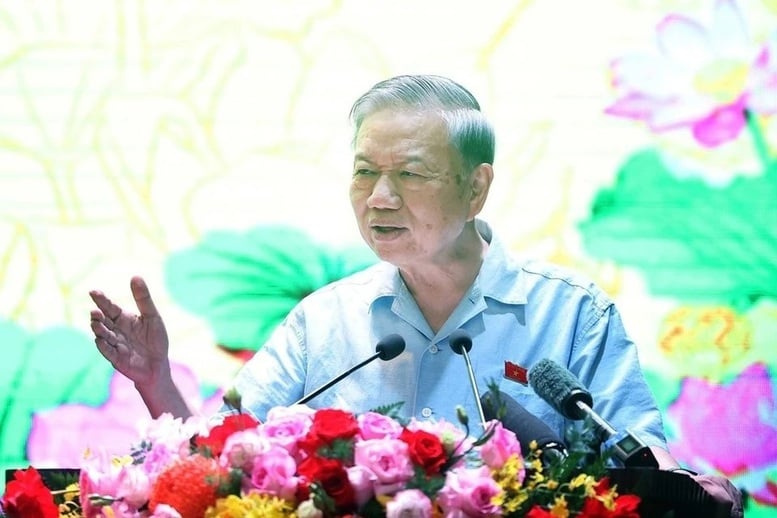
General Secretary To Lam emphasized the view that the State must ensure fair and effective land use rights for all people. Photo: VNA.
Previously, the General Secretary also had a meeting with relevant agencies on the direction of amending the Land Law. According to the General Secretary, the State must ensure the right to fair and effective land use for all people, must ensure effective land use, fair and effective land value distribution and allocation, avoid waste; must maximize the efficiency of land resources to develop the country.
The General Secretary's statement is not only a practical observation, but also points out a core principle in land management in Vietnam. That short statement has opened up a huge theoretical and practical issue: in the condition that land is owned by the entire people and managed by the State, forcing land prices to "follow the market" mechanically is not in accordance with the principle and has many potentially dangerous consequences.
To see this clearly, it is necessary to analyze deeply from the perspective of ownership, economics and public policy.
Land – public ownership and Vietnam's unique characteristics
Unlike many countries that recognize private ownership of land, the Vietnamese Constitution affirms that land belongs to the entire people, with the State representing the owner and managing it uniformly. This creates a fundamental difference in the way land prices are formed.
In a typical market economy, land prices are formed by competition between numerous different owners. Supply is diverse, demand is diverse, so prices are established on the basis of real competition. But in Vietnam, the State is the sole supplier in the primary market. All land access needs must go through the State's decisions on land allocation, land lease, and change of land use purpose. In other words, the Vietnamese land market is a special market, where the State is both the supplier and the regulator.
In that context, if the State "leaves it to the locality to determine land prices according to the market, it is essentially leaving it to the fluctuations easily manipulated by speculators, brokers and interest groups. At that time, land prices no longer reflect actual use value, but are distorted by speculative expectations. That is the cause of the paradox: many abandoned lands still have sky-high prices, production enterprises have difficulty accessing land, and speculators get rich thanks to price differences.
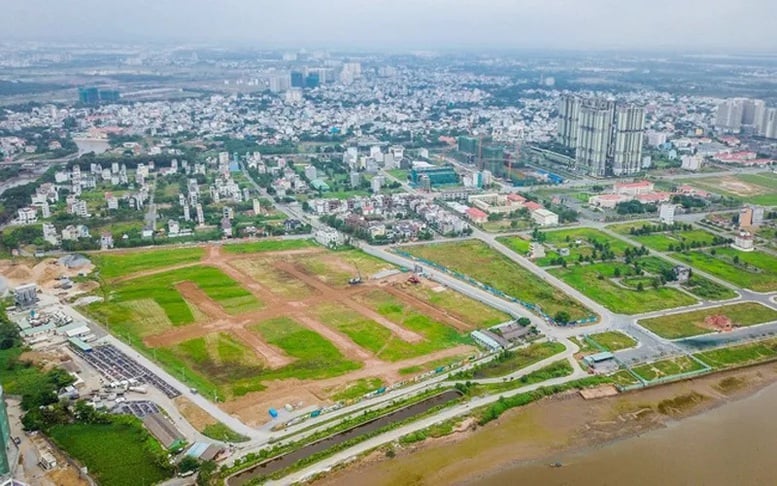
Vietnam's land market is a special market where the State is both the supplier and the regulator.
The risks of imposing the "market price" principle
When a public asset owned by all the people is subject to a "market-based" pricing mechanism, a series of serious risks can immediately arise.
First, land prices are unreasonably inflated. Just one unverified piece of information about planning or infrastructure can create a "land fever". "Land brokers" and speculators easily create virtual prices, pushing prices up many times the real value, making the concept of "market price" a game for manipulators.
Second, negative social impacts. Unreasonable increases in land prices lead to housing prices, rental prices, living expenses, production costs - all of which fall on the shoulders of people and businesses. The dream of settling down is increasingly far away for middle-income earners; businesses lose their competitive advantage due to high land costs; the social housing market is suffocated.
Third, distortions in resource allocation. When virtual land prices become a channel for getting rich quickly, social capital is drawn into real estate speculation instead of production, technology, and innovation. Many people abandon production to rush into land "surfing", creating a short-term, unsustainable economy with potential risks.
Fourth, the risk of macroeconomic instability. The land bubble poses risks to the banking system, as most of the collateral is real estate. At the same time, the gap between rich and poor increases as a minority becomes rich quickly through land speculation, while the majority is excluded from the ability to access land for settlement and career development.
Therefore, the General Secretary's warning is not only true to reality, but also has extremely important policy-oriented value.
The inevitable role of the State in land valuation
In a public ownership regime, the State cannot shirk its responsibility for valuation. On the contrary, the State has the obligation to establish a standard land price framework, because that is the only way to protect the interests of the entire people and avoid the loss of public assets.
If we let the market "self-regulate", we are essentially handing over the power to determine the value of public assets to a group of speculators. This is not only wrong in terms of public asset management principles, but also dangerous in terms of social consequences.
The State's determination of land prices does not mean denying the role of the market. On the contrary, it is the design of a controlled market, in which the State-issued land price plays the role of a "standard anchor", while civil transactions can fluctuate within a reasonable range. This is a model that balances the flexibility of the market and the necessary stability of State management.
In particular, the land prices issued by the State are also a strategic policy tool to help: Ensure people have access to land for settlement and career development; create a stable cost environment for businesses, improve competitiveness; direct social capital into production instead of speculation; increase public and transparent budget revenue, and prevent loss of public assets.
Thus, the General Secretary's viewpoint has a solid theoretical basis: The State's land valuation is not arbitrary administrative intervention, but an inevitable requirement of a special ownership regime - public ownership of land.
Appropriate mechanism for determining land prices in Vietnam
To implement this view, it is necessary to build a scientific, feasible and transparent pricing mechanism.
First, establish a national standard land price framework. An independent National Land Valuation Council needs to issue a land price framework based on big data, expert consultation, and close supervision. It is impossible to let each locality set its own prices, which can easily fall into the "dark area" of group interests.
Second, build a unified land database. This will be the "central nervous system" of land management, recording all transactions, tax and credit information in real time, thereby accurately reflecting objective supply and demand and eliminating virtual transactions.
Third, apply anti-speculation tax . Progressively tax abandoned land or land that is bought and sold in a short period of time to eliminate speculative motives, so that land can return to its proper production and living functions.
Fourth, implement a mechanism to recover land rent differences. When the State invests in infrastructure that increases land value, the increased value must be collected by the State through taxes, fees or auctions. This is a principle of fairness: that value belongs to the entire population, and cannot be enjoyed by a single group of individuals.
Fifth, ensure transparency and supervision. The land valuation process must be transparent and supervised by the National Assembly, the Fatherland Front, the press and the people. Only transparency can prevent vested interests and strengthen social trust.
Sixth, allow reasonable fluctuation range. Civil transaction prices can differ from State prices within a certain range, but cannot exceed the ceiling, in order to maintain flexibility while remaining stable.
These mechanisms, if designed and operated seriously, will create a fair, transparent, and sustainable land market – exactly as the General Secretary affirmed.
Strategic orientation to fundamentally amend land policy
General Secretary To Lam proposed a strategic direction to fundamentally amend land policy. In a regime of public ownership, there is no correct "market price" if the State does not set the price. Only a standard price established by the State can ensure public interests, prevent speculation, and bring the land market back to the orbit of sustainable development.
This is a reminder for us to put an end to laxity, price inflation, and land speculation, and at the same time a call to redesign the land pricing mechanism towards fairness and transparency. The State must be the architect of the land market, pricing is not for administrative intervention, but to create a foundation for development.
The message is very clear: determining land prices in public ownership is the historical responsibility of the State, and is also the key for the Vietnamese real estate market to escape the speculative spiral, enter a stable and fair orbit, creating the premise for sustainable development.
Dr. Nguyen Si Dung
Source: https://baochinhphu.vn/gia-dat-va-dinh-huong-chien-luoc-cua-tong-bi-thu-102251001144833045.htm




![[Photo] President of the Cuban National Assembly visits President Ho Chi Minh's Mausoleum](https://vphoto.vietnam.vn/thumb/1200x675/vietnam/resource/IMAGE/2025/10/1/39f1142310fc4dae9e3de4fcc9ac2ed0)
![[Photo] Keep your warehouse safe in all situations](https://vphoto.vietnam.vn/thumb/1200x675/vietnam/resource/IMAGE/2025/10/1/3eb4eceafe68497989865e7faa4e4d0e)
![[Photo] Hanoi morning of October 1: Prolonged flooding, people wade to work](https://vphoto.vietnam.vn/thumb/1200x675/vietnam/resource/IMAGE/2025/10/1/189be28938e3493fa26b2938efa2059e)



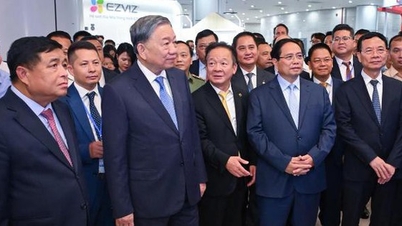


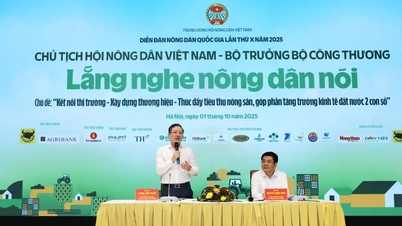








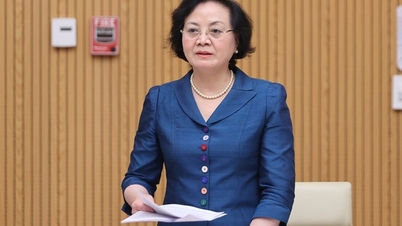
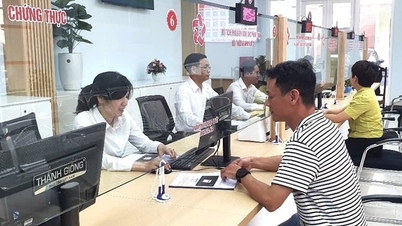





































































Comment (0)